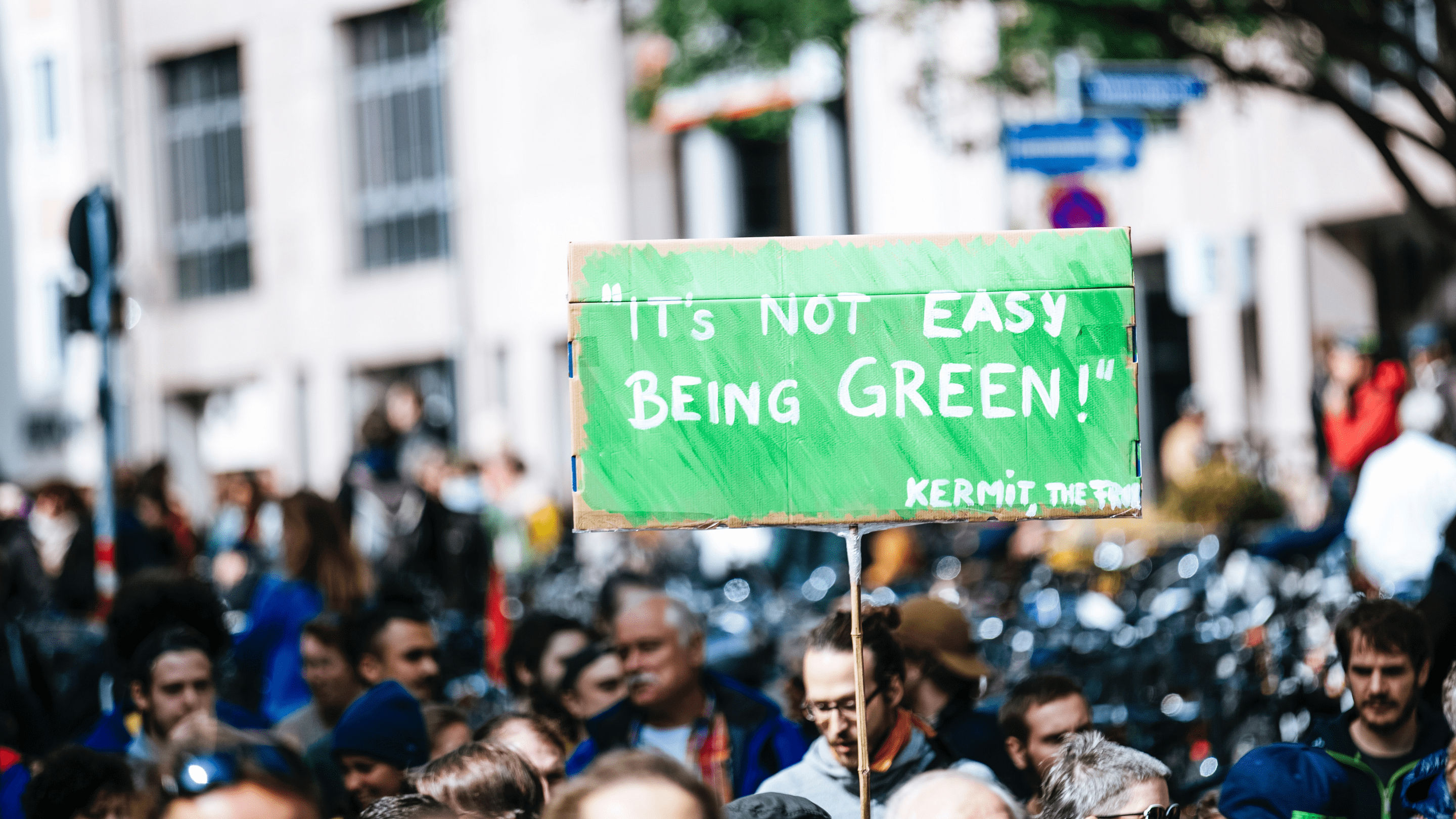Sustainable web design: Helping the end-user and the planet
Have you ever thought about how much energy you’re using every time you scroll through Twitter or search for something on Google? It’s yet another contribution to your carbon footprint.
Recent estimates suggest the internet produces 1.6 billion tons of greenhouse emissions a year globally – and as infrastructures improve around the world, that figure is rising fast. To put it into context, if the internet were a country it would be the seventh largest global polluter. From data centres to transmission networks to the internet-enabled devices we use every day, it all produces carbon emissions on a huge scale.
CONSIDERING OUR ONLINE CARBON FOOTPRINT
Driven by customer appetite to buy from sustainable brands, an increasing number of companies applying for BCorp certification and climate-change advertising agency movements like Purpose Disruptors, organisations are starting to consider the carbon footprint of their online properties in the same way they assess the environmental impact of their supply chain or business practices. These organisations understand their carbon footprint grows every time they launch a website, publish online content, send customer mailers or host a virtual event.
As an agency, it’s our challenge to help move our clients towards high-performing, low-carbon digital products. And that requires practising sustainable web design.


SUSTAINABLE WEB DESIGN PRINCIPLES
Even the smallest change to a website or application can make a difference to the energy it uses. Unsurprisingly, using dark colours means less screen energy (how many of us are now using ‘dark mode’ on our devices?). Ensuring images are fully compressed and have a communicative purpose – or switching to iconography where possible – reduces load. As does switching from customised web fonts, which generate more server requests, to system fonts already installed on a user’s device.
A bloated codebase can be equally culpable in generating emissions. Stripping out unnecessary code and making sure updates are implemented properly will help keep applications ‘lean’.
What else can reduce energy load on a website?
Web performance optimisation – Loading as few page assets as possible as quickly as possible, without sacrificing the user experience.
Content findability – Creating an intuitive Information Architecture that aids content discovery and ensures content is useful to the user.
Improving usability and the user experience – Helping visitors accomplish on-site tasks quickly and efficiently by reducing areas of friction. Cross-device, cross-browser and multi-bandwidth optimisation.
Green web hosting – Powering digital products with a renewable energy hosting provider.
WHAT NEXT?
Increasingly, digital products are going to be considered within an organisation’s environmental footprint. While their impact will be far less than operational practices, any opportunity to reduce emissions by minimising electricity use or adopting green hosting will be embraced by companies wanting to be seen to be doing the right thing.
Reassuringly, many sustainable web practices aim to benefit the end-user as well as the planet, focusing on delivering an optimal user experience by enhancing performance, aiding the user journey and serving true user needs.
CHAT TO US
To find out more about sustainable web design
Contact James Matthews, Digital Experience Director
james.matthews@krowgroup.com


